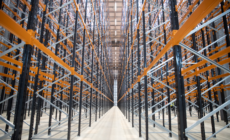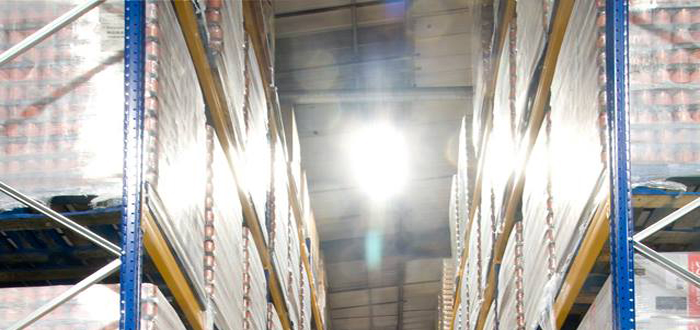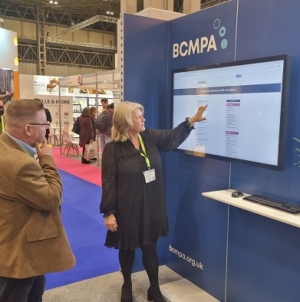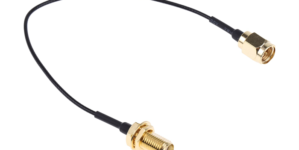-
ROSSLARE EUROPORT TARGETS HEALTH & SAFETY WITH CAMERA TELEMATICS PARTNERSHIP - 2 days ago
-
Landmark Study Reveals Wearable Robotics Significantly Boost Safety and Efficiency in Industrial Environments - July 24, 2024
-
Visku Tackle The Retail Seasonality Challenge One Pallet At A Time - July 22, 2024
-
KAMMAC AND BERGEN LOGISTICS STRENGTHEN FASHION & LIFESTYLE SERVICES IN THE UK - July 19, 2024
-
TENTBOX EXTENDS PARTNERSHIP WITH ARROWXL TO SUPPORT INCREASING DEMAND - July 17, 2024
-
The Perfume Shop improves customer journeys while driving profitability in partnership with Scurri - July 17, 2024
-
ZEROMISSION SECURES £2.3M ($3M) INVESTMENT TO ACCELERATE ELECTRIC FLEETS - July 16, 2024
-
BCMPA CELEBRATES SUCCESS OF 2024 CONFERENCE - July 15, 2024
-
Best of the Best: Jungheinrich Celebrates Triple International Award Win - July 12, 2024
-
GOPLASTICPALLETS.COM CALLS ON NEW CHANCELLOR RACHEL REEVES TO CONSIDER PLASTIC PACKAGING TAX REFORM - July 10, 2024
Time for facilities managers to see the light
When it comes to improving lighting systems, some facilities managers apply the same logic as they would to changing a simple light fitting within their home and, as a result, too many industrial and office buildings are poorly lit and far more expensive to run than they should be.
That’s the view of Steve Gardner, sales director of Leicestershire-based luminaire specialist, Ecolighting.
“Of course, facilities managers cannot be expected to be experts in everything, but considering the impact that the wrong type of lighting can have on a building’s working environment and, indeed, a company’s energy bill, it is perhaps surprising that some managers do not take more time to understand the lighting options available to them when they are tasked with upgrading a site’s luminaires,” says Steve Gardner.
He continues: “Too many companies – of all sizes – employ a local electrician that will install the fittings he gets from a local wholesaler whose main interest is shifting units. Very little thought is given to the lighting system as a whole and, as a result, over time, buildings end up with a ‘mish mash’ of light fittings that deliver inadequate light and burn more energy than is necessary.”
“In a lot of cases there is an assumption that as long as sodium luminaires have been replaced with LED fittings the job is done, but there is so much more that can be achieved by taking a holistic approach.”
“For example, from the outset, it is important to consider if energy could be saved by fitting occupancy sensors instead of just changing the fittings? Does the position of the fittings provide uniform light output across the building? By reducing the number of fittings can light output be sustained or even improved as well as reducing costs?”
“These are the sort of issues that are all too rarely considered and, as a result, lighting quality and energy efficiency is compromised.”
Steve Gardner concludes: “Lighting is one of the biggest consumers of energy and by not fully exploring all of the options when its time to upgrade a site’s luminaires, facilities managers risk wiping thousands of pounds off of their employer’s bottom line every year.”

































